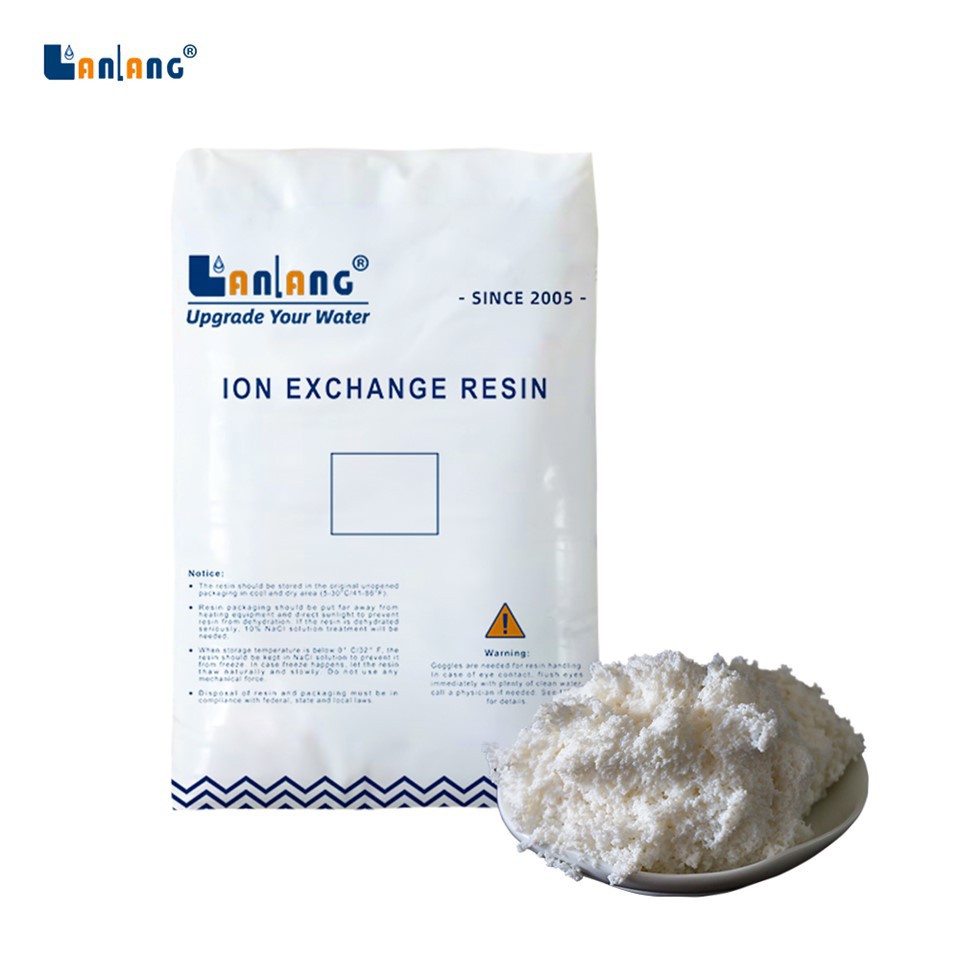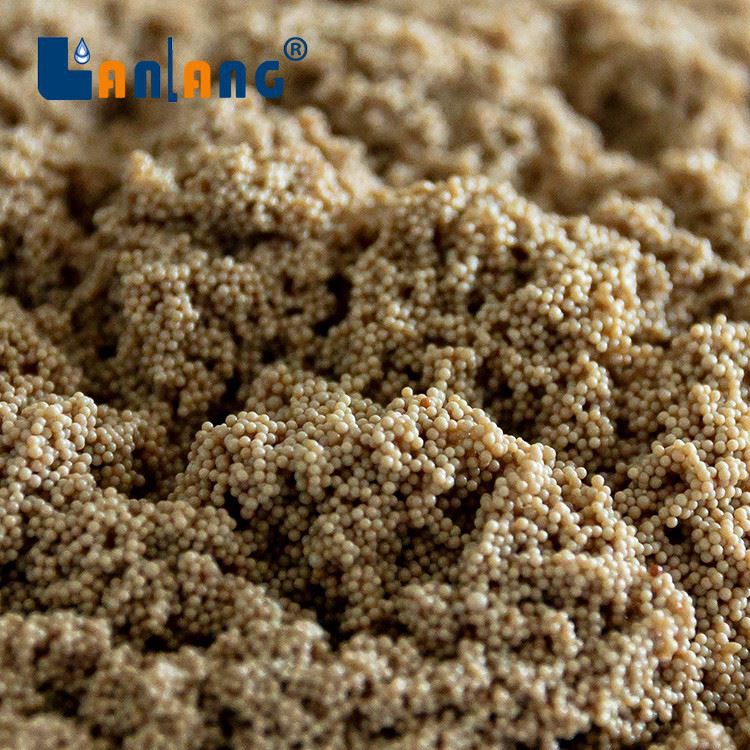As a supplier of Selective Removal Resin, I often get asked whether our products can be used in food - contact applications. This is a crucial question, considering the strict regulations and high - safety standards associated with food - related industries. In this blog, I'll delve into the scientific aspects, regulatory requirements, and practical considerations to address this query comprehensively.
Understanding Selective Removal Resin
Selective Removal Resin is a specialized type of ion - exchange resin designed to target and remove specific contaminants from liquids. These resins have unique functional groups that selectively bind to particular ions or molecules. For example, TA306D Macroporous Arsenic Selective Anion Exchange Resin is engineered to efficiently remove arsenic from water sources. Similarly, Selective Removal Resin for Fluorine Removal and Selective Removal Resin for Perchlorate Removal are tailored to eliminate fluorine and perchlorate respectively.
The selectivity of these resins is a result of their chemical structure and the affinity of their functional groups towards specific contaminants. This property makes them highly effective in purification processes, where the goal is to remove certain unwanted substances while leaving other beneficial components intact.
Scientific Feasibility in Food - Contact Applications
From a scientific perspective, the use of Selective Removal Resin in food - contact applications is possible under the right conditions. The primary concern is the potential leaching of resin components into the food or beverage. Resins are typically made from polymers and functional groups that are chemically stable. However, during the manufacturing process, some residual monomers or additives might be present in trace amounts.
For a resin to be suitable for food - contact applications, it must meet strict purity standards. The resin should have low levels of extractables, which are substances that can be released into the food or beverage. Our company conducts rigorous testing to ensure that the extractables from our Selective Removal Resins are within the acceptable limits set by regulatory authorities.
In addition, the selectivity of the resin is an advantage in food - contact applications. For instance, in the purification of fruit juices, a resin can be used to remove heavy metals such as lead or cadmium without affecting the flavor, color, or nutritional value of the juice. This is because the resin selectively binds to the target contaminants while allowing the desirable components of the juice to pass through.
Regulatory Requirements
Regulatory bodies around the world have established strict guidelines for materials that come into contact with food. In the United States, the Food and Drug Administration (FDA) has specific regulations regarding food - contact substances. These regulations cover aspects such as the composition of the material, its manufacturing process, and the conditions under which it will be used.
Resins used in food - contact applications must comply with the FDA's requirements for indirect food additives. This means that the resin must be shown to be safe under the intended conditions of use. The FDA evaluates factors such as the potential for migration of substances from the resin into the food, the toxicity of these substances, and the cumulative exposure of consumers to these substances.
In the European Union, the European Food Safety Authority (EFSA) and national authorities regulate food - contact materials. The EU has a framework directive that sets out general safety requirements, and specific regulations for different types of materials, including plastics and ion - exchange resins.
Our company ensures that our Selective Removal Resins meet all relevant regulatory requirements. We work closely with regulatory experts to conduct the necessary testing and obtain the required approvals. This gives our customers confidence that our products are safe for use in food - contact applications.
Practical Considerations
In addition to scientific and regulatory aspects, there are practical considerations when using Selective Removal Resin in food - contact applications. One of the key considerations is the regeneration process. Resins need to be regenerated periodically to maintain their performance. The regeneration process involves the use of chemicals, and it is important to ensure that these chemicals do not leave any harmful residues on the resin.
Our company provides detailed guidelines on the regeneration process to ensure that it is carried out safely and effectively. We also offer support to our customers to help them optimize the regeneration process and minimize the risk of contamination.


Another practical consideration is the compatibility of the resin with the food or beverage. Some foods or beverages may have a high acidity or alkalinity, which can affect the performance of the resin. Our technical team can work with customers to select the most suitable resin based on the specific characteristics of the food or beverage.
Case Studies
There are several successful examples of the use of Selective Removal Resin in food - contact applications. For example, in the production of bottled water, Selective Removal Resin is used to remove contaminants such as arsenic, fluoride, and perchlorate. This ensures that the bottled water meets the high - quality standards required by consumers.
In the dairy industry, resin can be used to remove impurities from milk, improving its quality and shelf - life. The selective nature of the resin allows it to target specific contaminants without affecting the nutritional value or taste of the milk.
Conclusion
In conclusion, Selective Removal Resin can be used in food - contact applications when it meets the scientific, regulatory, and practical requirements. Our company, as a supplier of Selective Removal Resin, is committed to providing high - quality products that are safe for use in the food industry. We have the expertise and resources to support our customers in selecting the right resin, ensuring compliance with regulations, and optimizing the purification process.
If you are interested in using Selective Removal Resin in your food - contact applications, I encourage you to reach out to us. Our team of experts will be happy to discuss your specific needs and provide you with the best solutions. Let's work together to ensure the safety and quality of your food and beverage products.
References
- Food and Drug Administration (FDA). Regulations on food - contact substances.
- European Food Safety Authority (EFSA). Guidelines for food - contact materials.
- Technical literature on Selective Removal Resin from industry research institutions.
